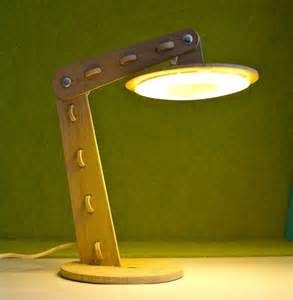We’ve been talking about how words that have one common meaning and another scientific meaning can cause misunderstandings. Read about the terms “acute” and “major depression” in “Use the Right Dictionary.”
But my vote for the most mischievous double-meaning term goes to the word “theory.” In common parlance, “theory” can mean an explanation that seems logical, or even a mere guess. A scientific theory, such as Einstein’s theory of general relativity, is a different animal. In science, “theory” means a proven principle or explanation, almost the exact opposite of the common meaning.
The Scientific Method is designed to separate truth from appearances, speculations, and lies. Here’s what The Scientific Method requires to establish a theory.
I. The scientist observes a phenomenon or event. Let’s say you observe that, when you fell asleep reading in bed, you woke next day to find the lamp turned off.
II. The scientist forms an hypothesis, a possible explanation consistent with the observations. A scientific hypothesis must be negatable, it must be something one can test. “Everyone has a guardian angel” might be true, but it is not an hypothesis. It can’t be tested. In our example, your hypothesis might be, “People can turn off lamps in their sleep.”
III. The scientist tests the hypothesis. You set up a nanny cam in your bedroom and go to sleep leaving the lamp on. The next day, the nanny cam shows that your spouse turned off the light after you fell asleep.
This one-night test does not prove or disprove your hypothesis. It could be that, even though your spouse turned off the lamp last night, you sometimes turn off the lamp in your sleep. So you repeat the test fifty times. On three occasions, your spouse turns off the lamp. On forty-seven occasions, you turn off the lamp.
IV. You write a report concluding that people can turn off lamps in their sleep. You submit the report to a group of other scientists for review. Their job is to try to find flaws in your testing method and/or reasoning.
One scientist points out that you might not have been asleep when you turned off the lamp. Rather, you may have been too groggy to remember that you turned it off. You need further tests where you’re hooked up to monitors that detect when you’re asleep.
Another reviewer points out that, even if you were asleep, this might be a unique ability of yours alone. You need further tests on a large number of people.
Still another points out that there could be anomalies in your bedroom. Your experiments must be independently replicated by a number of scientists working in different places.
If, after all this further testing, the results show that many people turn off lamps in their sleep, only then may your hypothesis become a “theory” in the scientific sense. You call it “the theory of sleeping lamp turning.”
Some things, such as astronomical phenomena, can’t be tested. They can’t be controlled or manipulated in a lab. So scientific theories about them require even larger amounts of observation and troubleshooting.
So if you hear something like, “Evolution is only a theory,” know that “only” doesn’t belong in that sentence.
Next time, we’ll look at the trouble with think tanks.


Good one!
Thanks, Alice.
But Margaret, are you saying that evolution has not been proven? I would say “Evolution is only a theory” is incorrect not because of “only” but because evolution is not a theory! See http://tinyurl.com/h6ykkj8
Thank you, Catherine, for asking this. It shows where further explanation is necessary. What I am saying is that, for something to be a “theory” in the scientific sense, it has to have been proved up by going through the Scientific Method described in the post. That’s what “theory” means in science, a proven principle. Einstein’s Theories of General and Special Relativity, Quantum Theory, Copernicus’s Theory of Heliocentrism, all have been proven or the scientific community wouldn’t name them “theories.”
But most people don’t even know that there is a scientific meaning that is different from the common one. So they hear terms like “Darwin’s Theory of Evolution Through Natural Selection” and assume the common meaning of “theory,” i.e. a speculation or guess. Then, for example in arguing creationism, they say things like “Evolution is only a theory” as if it were mere speculation. If the vast majority of the scientific community honor a principle with the term “theory,” it has been proven. Long story short, in science, “theory” means “proven explanation.”
In fairness, the scientific community wring their hands and complain about people making such mistakes, but they are slow as a glacier to adopt new terminology that would clear up such confusion. I believe it is high time that they come up with a different term for the proven principles that are currently called “theories.”
Please let me know if this helps. If not, I want to try again. It’s an important point that I want readers to understand.
PS, inspired by your question, I have now added the following to the post: In science, “theory” means a proven principle or explanation, almost the exact opposite of the common meaning. Thanks again for your question.